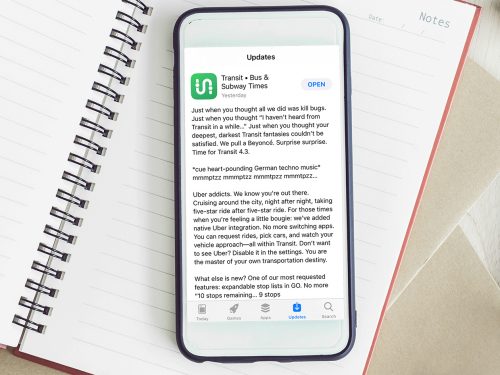Back in a day when I was blogging almost on a daily basis, writing a new blog post was a zero effort for me. That includes coming up with the idea for the post, the actual content, typing, formatting, and every some promotion around social networks and among my friends and colleagues.
The last few years, however, I stepped away from blogging and shared my thoughts, ideas, and useful links on a variety of media, such as internal company Slack, and a multitude of instant messengers, like Telegram and WhatsApp.
All that brought me to where I am now. Most of the content that I shared on social networks and instant messengers is buried in the archives, never to be seen again. My creative powers are diminished to the point where I’m struggling to verbalize a tweet. And my publishing productivity as practically non-existent. Even when I want to write up a short blog post just like this one, every cell of my brain is resisting the idea.
However, I want to bring that skill back. I’ve setup daily reminders to blog. But they aren’t doing much. At least for the last month or so. I’m constantly distracted by the ideas of reorganizing this website, catching up with history first, and so on. But nothing ever happens.
So, I guess, for the next few weeks you’ll see my hectic attempts at restoring order. For now, I will write for the sake of writing. Just to get back into the habit of it. And while I’m at it, you’ll probably be puzzled by the unusual randomness of subjects, inconsistency in length, quality and schedule, weak attempts to fill in the blanks, and other weirdness. Bare with me. Or not. After all, the web is huge.

